ALUMINUM FOIL TRAY SEALING MACHINE: A STRATEGIC INTEGRATION GUIDE FOR MODERN FOOD PRODUCTION
(Introduction Title) Beyond Automation: The Sealer as a Competitive Linchpin
In the relentless landscape of modern food production, success is defined by a trifecta of quality, consistency, and efficiency. Every stage, from ingredient sourcing to the final packaged product that reaches the consumer, is a critical control point. The acquisition of capital equipment, specifically an aluminum foil tray sealing machine, has transcended its former status as a mere automation upgrade. It now represents a pivotal strategic decision, a cornerstone investment that profoundly impacts shelf life, food safety, labor optimization, operational throughput, and ultimately, brand integrity.
This document is not a product catalog. It is a strategic investment and integration guide. ✍️ Formulated from the viewpoint of a seasoned production line engineer with over two decades of experience, this analysis will deconstruct the strategic imperatives of integrating an automated tray sealer. We will establish a rigorous framework for technical evaluation. We will execute a comprehensive Return on Investment (ROI) analysis that extends far beyond the initial capital expenditure. Finally, we will delineate a protocol for forging a durable partnership with a technology supplier. This guide is engineered for Food Production Managers, Operations Directors, and CFOs who recognize that the right machine isn't just a piece of hardware; it is a fundamental driver of profitability and market leadership.
TABLE OF CONTENTS
Strategic Investment: The Role of an Aluminum Foil Tray Sealing Machine
Technical Deep-Dive: Core Metrics of a Tray Sealing Machine
Financial Analysis: Calculating the True ROI of Automated Sealing
Operational Integration: A Linchpin in Modern Food Production
Supplier Partnership: Sourcing Your Tray Sealing Machine
1. Strategic Investment: The Role of an Aluminum Foil Tray Sealing Machine
The decision to invest in an automated aluminum foil tray sealing machine is a quantum leap in professionalizing a food production facility. It marks a transition from manual, variable processes to a systemized, high-integrity packaging protocol, unlocking significant competitive and operational advantages.
Defining the strategic role of automated tray sealing
The Case: "Artisan Meals Co.," a producer of premium ready-to-heat meals for retail distribution.
The Problem (The "Before"): The company utilized manual lidding with pre-cut, crimp-on foil lids. This process was labor-intensive, slow, and resulted in an unacceptable 5% product failure rate due to inconsistent seals, leading to leaks during transport and premature spoilage. This eroded retailer confidence and damaged the brand's premium positioning.
The Solution (The "After"): The management team approved the capital expenditure for an in-line, automated aluminum foil tray sealing machine that uses a roll of lidding film.
The Result: The strategic investment yielded transformative results. The product failure rate plummeted to less than 0.1%, drastically reducing spoilage costs and retailer chargebacks. Production throughput tripled, allowing them to meet surging demand without a proportional increase in labor costs. The hermetically sealed trays presented a more professional, tamper-evident product, enhancing brand perception. This exemplifies the shift from a tactical production bottleneck to a strategic operational asset.
The core advantages of investing in an automated sealer
Product Integrity: The primary advantage is the creation of a consistent, robust, and hermetic seal. This protects the product from contamination, preserves freshness, and extends shelf life, ensuring the customer experience aligns with the brand promise. It's the ultimate guarantor of quality from your line to their table.
Operational Velocity: Automated sealers operate at speeds unattainable by manual methods. This significantly increases production capacity (throughput), reduces the time-to-market for finished goods, and allows the business to scale efficiently to meet large orders or seasonal peaks.
Economic Efficiency: While a Capital Expenditure (CapEx), the machine generates substantial Operational Expenditure (OpEx) savings. This includes direct labor cost reduction, minimized product spoilage/waste, and more efficient use of packaging materials (roll-fed film is often more cost-effective than pre-cut lids).
Economic Opportunity: A high-quality sealing machine, especially one with Modified Atmosphere Packaging (MAP) capabilities, unlocks new market opportunities. Extended shelf-life products can be shipped to more distant geographical markets, opening up new revenue streams and customer segments previously out of reach.
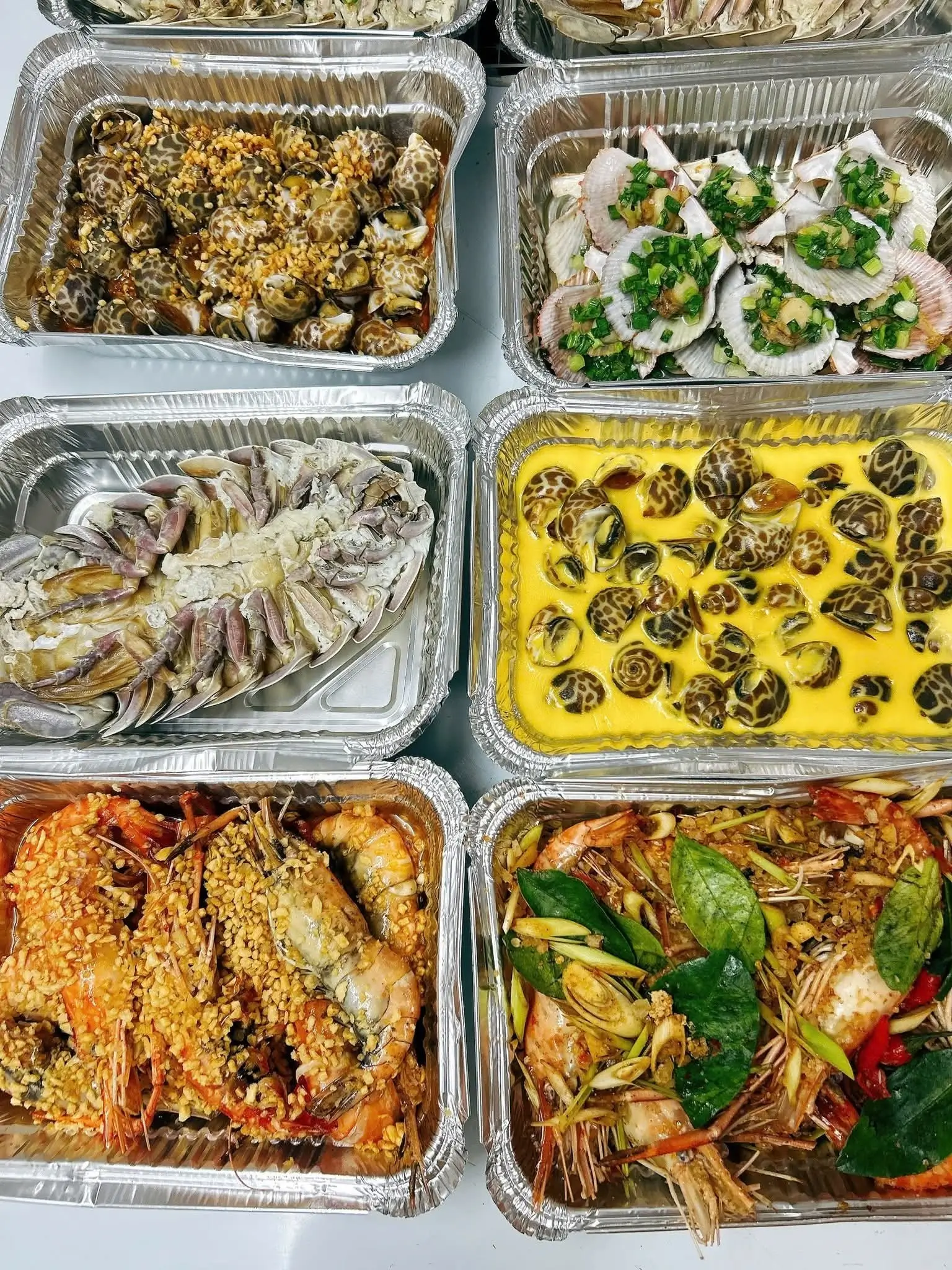
[IMAGE 1 DESCRIPTION]
Image Content: A professional, clean flowchart diagram contrasting two processes. The "Manual Lidding Bottleneck" shows multiple human icons, chaotic arrows, and a large red "SPOILAGE %" icon. The "Automated Sealing Workflow" shows a single, streamlined arrow moving through a machine icon to a finished product, with a green "99.9% Integrity" icon.
Caption: Strategic investment in automation transforms a production bottleneck into a streamlined, high-integrity workflow.
ALT Text: A flowchart demonstrating the strategic benefits of an aluminum foil tray sealing machine over manual lidding.
2. Technical Deep-Dive: Core Metrics of a Tray Sealing Machine
When making a significant capital investment, a granular understanding of the machine's technical specifications is paramount. A professional evaluation process goes beyond the glossy brochure and delves into the engineering that underpins performance and reliability.
Mandatory specifications for technical qualification
Name: Equipment Qualification Specification Sheet (EQSS-M1)
Icon: ⚙️
Content:
Sealing Technology: Must clearly state the method (e.g., Thermal Conduction, Ultrasonic). For aluminum foil trays, thermal conduction is the industry standard. Specify the sealing pressure (in Bar or PSI) and temperature range (°C/°F) to ensure compatibility with your chosen film and trays.
Control System & HMI: The machine MUST be controlled by a reputable Programmable Logic Controller (PLC) (e.g., Siemens, Allen-Bradley). The Human-Machine Interface (HMI) should be an intuitive, IP65-rated touchscreen, allowing for easy parameter adjustment and storage of different product recipes.
Construction & Materials: The frame and all food-contact parts must be constructed from 304 or 316-grade stainless steel. This is a non-negotiable requirement for sanitary design, hygiene, and durability in a washdown environment.
Throughput & Cycle Time: The manufacturer must guarantee a specific cycle time (e.g., 3 seconds) and a resulting throughput rate (e.g., 20 trays/minute) based on your specific tray size. This must be verifiable during a Factory Acceptance Test (FAT).
Optional Capabilities: Does the machine support Modified Atmosphere Packaging (MAP) with a gas-flushing system? Does it offer a vacuum cycle? These are critical questions if future product lines require extended shelf life.
The operational sealing cycle deconstructed
Understanding the machine's operational sequence is key to assessing its efficiency and reliability.
Step 1: Infeed & Tray Positioning: Trays, filled with product, are indexed into the sealing station via a conveyor or manual placement into a die set carrier. Optical sensors confirm the correct positioning of the tray.
Step 2: Film Unwinding & Advancement: The lidding film is automatically unwound from a roll and precisely advanced over the positioned trays.
Step 3: Sealing Head Actuation: The heated sealing head (the "platen") descends, applying controlled heat and pressure to the perimeter of the foil tray. This fuses the sealing layer of the film to the tray's rim, creating a hermetic seal. If equipped for MAP, the chamber is first evacuated of air and then back-flushed with a specific gas mixture before sealing.
Step 4: Film Cutting & Ejection: A profile knife, integrated into the sealing head, cuts the film around the tray's perimeter.
Step 5: Discharge: The sealing head retracts, and the perfectly sealed trays are ejected from the sealing station onto an outfeed conveyor for date coding and case packing.
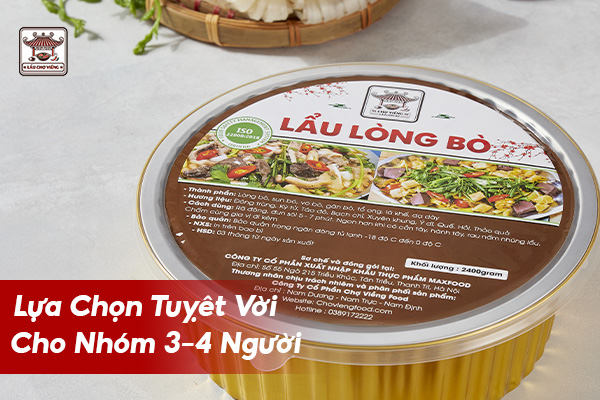
[IMAGE 2 DESCRIPTION]
Image Content: A detailed, clean, close-up shot of the stainless-steel sealing head of a tray sealing machine. You can see the polished surface of the platen and the outline of the cutting knife. An aluminum foil tray is perfectly positioned underneath it. The lighting is clinical and professional.
Caption: The precision-engineered sealing head is the heart of the machine, guaranteeing a perfect, hermetic seal every cycle.
ALT Text: A close-up on the technical components of an aluminum foil tray sealing machine's sealing head.
3. Financial Analysis: Calculating the True ROI of Automated Sealing
Focusing solely on the purchase price (the CapEx) is a myopic approach to equipment acquisition. A strategic financial analysis necessitates a comprehensive Total Cost of Ownership (TCO) and Return on Investment (ROI) calculation that reveals the machine's true economic impact.
Deconstructing the Return on Investment (ROI) equation
Central Theme: The True Economic Value of an Automated Tray Sealer
Branch 1: The Investment (CapEx)
Initial Machine Cost
Shipping & Installation Fees
Cost of Training Personnel
Branch 2: The Returns (OpEx Savings & Revenue Gains)
Labor Savings: Direct reduction in FTEs (Full-Time Equivalents) needed for manual packaging. Calculation: (Number of staff redeployed) x (Annual salary + benefits).
Material Cost Efficiency: Roll-stock film is typically 15-30% cheaper per unit than pre-cut lids. Calculate the annual savings based on production volume.
Waste Reduction: Quantify the cost of product spoilage from failed manual seals. Calculate the annual financial recovery by reducing this rate to near-zero.
Increased Revenue Throughput: The machine enables higher output. Calculate the additional revenue generated by the increased production capacity. (Additional Units per hour) x (Hours of operation) x (Profit per unit).
How automation delivers a compelling and rapid ROI
Scenario A - The Status Quo (Manual Lidding):
Team Size: 4 operators to package 500 units/hour.
Annual Labor Cost: 4 x $45,000 (salary + benefits) = $180,000
Spoilage Rate: 5% due to seal failure on 1,000,000 units/year = 50,000 spoiled units.
Annual Spoilage Cost: 50,000 units x $2.00 cost/unit = $100,000
Total Annual Operational Cost: $280,000
Scenario B - Strategic Investment (Automated Sealer):
Machine Investment (CapEx): $90,000
Team Size: 1 operator to oversee the line producing 1,500 units/hour.
Annual Labor Cost: 1 x $50,000 (higher skilled operator) = $50,000
Spoilage Rate: 0.1% = 1,000 spoiled units.
Annual Spoilage Cost: 1,000 units x $2.00 cost/unit = $2,000
Total Annual Operational Cost: $52,000
ROI Calculation:
Annual Savings: $280,000 (Scenario A cost) - $52,000 (Scenario B cost) = $228,000
Payback Period: $90,000 (CapEx) / $228,000 (Annual Savings) = ~0.39 years, or less than 5 months.
This stark analysis proves that the investment is not a cost, but a high-yield profit-generating strategy.
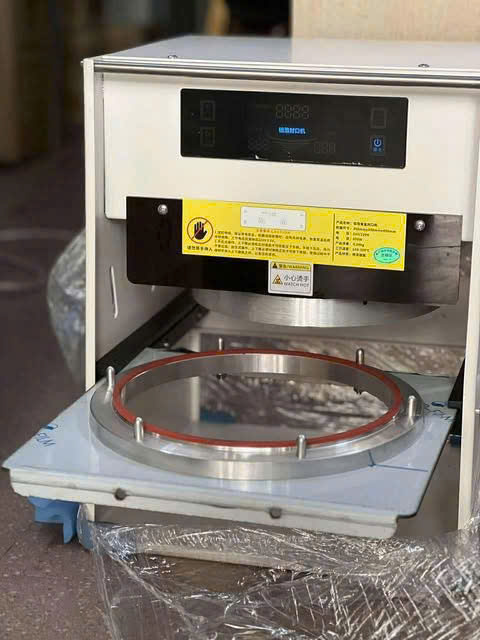
[IMAGE 3 DESCRIPTION]
Image Content: A professional, split-screen infographic. On the left, titled "MANUAL Lidding Cost," is a large red bar graph showing high costs for "Labor" and "Product Waste." On the right, titled "AUTOMATED Sealing ROI," is a smaller bar for "Initial Investment" followed by large green bars representing "Labor Savings," "Waste Elimination," and "New Revenue." An arrow points from the green bars back to the investment bar, labeled "Payback Period: < 6 Months."
Caption: A data-driven ROI analysis demonstrates how automated sealing quickly pays for itself and becomes a major profit center.
ALT Text: An ROI chart comparing the costs of manual vs. automated aluminum foil tray sealing.
4. Operational Integration: A Linchpin in Modern Food Production
The full strategic power of a tray sealing machine is unleashed when it is no longer viewed as a standalone unit, but as an integral, synchronized component of a larger production ecosystem.
Integrating the sealer for a seamless production workflow
The Disjointed Past: Production lines were a series of disconnected "islands of automation" (or manual labor). A batch of trays would be filled at one station. A worker would then physically move this entire batch to another station where several people would manually apply lids. The sealed batch was then moved again for coding and packing. This created bottlenecks, required significant floor space, and introduced multiple points of potential contamination and error.
The Integrated Present: The modern approach is a continuous, in-line flow. The aluminum foil tray sealing machine is the critical link in this chain.
An automated depositor or filler portions the product directly into trays on a conveyor.
The conveyor feeds the filled trays directly and seamlessly into the infeed of the tray sealer.
The sealer automatically seals the trays.
The sealed trays are discharged onto another conveyor that leads them past an inline date coder and into an automated case packer.
This creates a fluid, high-velocity system with minimal human intervention, maximizing efficiency and hygiene.
Leveraging the machine to innovate your product portfolio
A high-performance sealer is an engine for product innovation.
The "Extended Shelf-Life" Module (MAP):
Components: (1) The tray sealing machine with gas-flush capability + (2) A specific blend of food-grade gases (e.g., 70% N₂, 30% CO₂) + (3) High-barrier lidding film.
Application: By replacing oxygen inside the package with this inert gas mixture, you can dramatically slow down microbial growth and oxidative decay. This can extend the refrigerated shelf life of a fresh meal from 5 days to over 21 days, opening up national distribution channels and reducing retailer waste.
The "Oven-Ready Convenience" Module:
Components: (1) Oven-safe aluminum foil trays + (2) A tough, ovenable lidding film + (3) Your high-quality ingredients.
Application: Market products that can go directly from the retail refrigerator to the consumer's oven without removing the film (film is peelable after cooking). This offers ultimate convenience for items like lasagnas, enchiladas, or baked desserts and creates a strong unique selling proposition (USP).
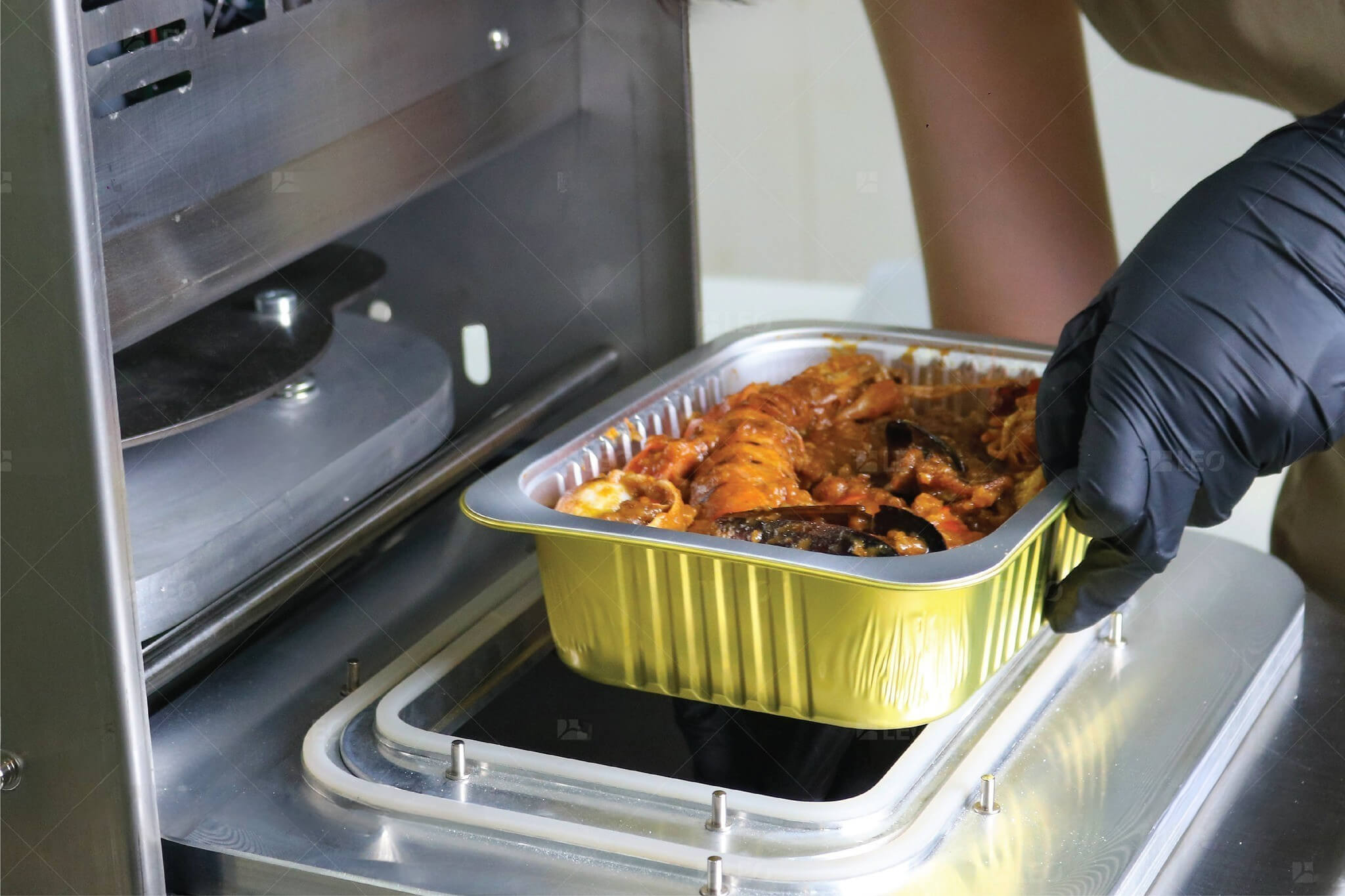
[IMAGE 4 DESCRIPTION]
Image Content: A wide, well-lit shot of a modern, clean food production line. You can clearly see a conveyor system moving silver aluminum foil trays from a filling machine on the left, through an impressive-looking stainless steel tray sealing machine in the center, and out towards a labeling machine on the right.
Caption: A fully integrated production line, with the tray sealer acting as the central hub for a seamless workflow.
ALT Text: The operational integration of an aluminum foil tray sealing machine in a food production line.
5. Supplier Partnership: Sourcing Your Tray Sealing Machine
Purchasing a piece of mission-critical capital equipment is not a transaction; it's the beginning of a long-term technical partnership. Choosing the right supplier is as important as choosing the right machine.
Vetting and selecting a food packaging machinery supplier
Argument A: "This imported machine from an online marketplace is 30% cheaper. The numbers look the same on paper. We can save significant capital upfront."
Argument B (The Strategic View): "But where is their technical support based? If this machine goes down on a Friday afternoon, will we have to wait three weeks for a part to clear customs? Who will conduct the installation and train our staff? Do their technicians understand our local safety and electrical standards? A machine that is down for even one week will cost us more in lost production than the entire 30% savings. We aren't buying a machine; we're buying uptime and reliability. The partnership is the true value."
A strategic Operations Manager always prioritizes total lifetime value, reliability, and support over the initial sticker price.
The Vektor Packaging Solutions partnership model
1. Needs Analysis & Application Engineering: Our process begins with a deep dive into your product, your current process, your facility, and your future growth goals. Our engineers don't just sell machines; they design solutions.
2. Solution Specification & In-house Testing: We configure a machine from our extensive platform that precisely matches your needs. We encourage you to send us your specific trays and film for testing in our lab, providing video proof of concept and sealed samples for your evaluation.
3. Transparent Quoting & FAT: We provide a detailed quote with no hidden costs. Before shipment, we conduct a Factory Acceptance Test (FAT) where your team can visit and see your exact machine running your product, ensuring it meets all agreed-upon specifications.
4. Installation & On-Site Training: Our certified technicians come to your facility to handle the professional installation, integration, and a comprehensive training program for your operators and maintenance staff.
5. Lifetime Support & Spare Parts: We offer robust ongoing support with local technicians and maintain a comprehensive inventory of spare parts to guarantee maximum uptime. We are your partner for the entire lifecycle of the equipment.
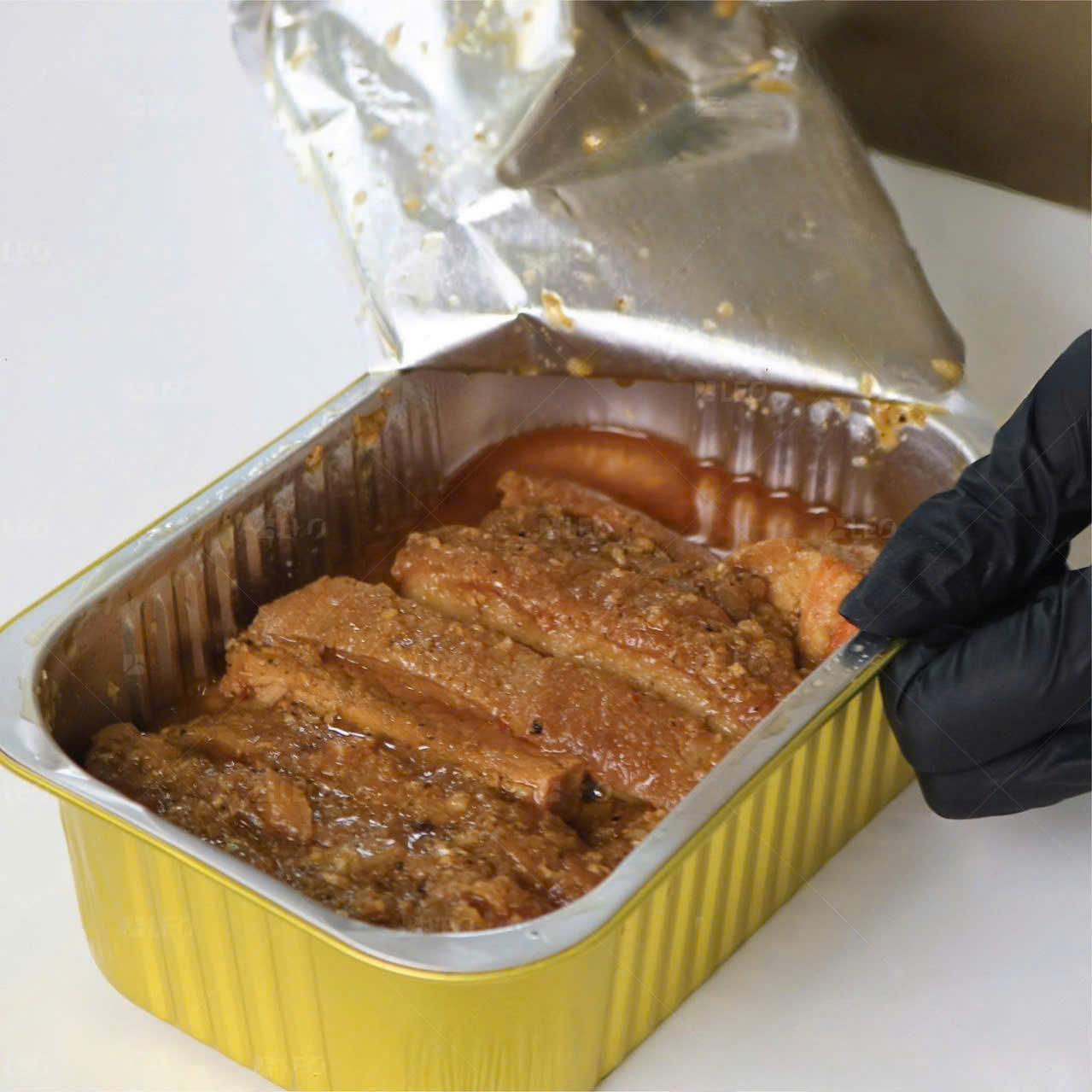
[IMAGE 5 DESCRIPTION]
Image Content: A professional handshake between a Vektor Packaging Solutions technician (in a branded, clean uniform) and a Food Production Manager (wearing a hairnet and lab coat) on a clean factory floor. In the background, the newly installed, gleaming stainless steel tray sealing machine is visible. The mood is one of confidence and successful partnership.
Caption: Building a partnership founded on technical expertise, reliable machinery, and a commitment to your long-term success.
ALT Text: Depicting a successful supplier partnership with Vektor Packaging Solutions for an aluminum tray sealing machine.
(Conclusion Title) The Aluminum Foil Tray Sealing Machine: A Strategic Catalyst for Growth
This strategic guide has systematically demonstrated that an aluminum foil tray sealing machine is far more than an operational tool. When evaluated through the lenses of technical performance, financial return, and operational integration, it is unequivocally a critical investment in food safety, production capacity, brand protection, and market expansion.
The quantifiable ROI—driven by reduced labor, eliminated waste, and increased throughput—provides a compelling business case. By shifting the procurement mindset from a cost-centric transaction to a partnership-focused strategic investment, food production businesses can build a more resilient, efficient, and profitable future. Making the data-driven decision to integrate best-in-class automation with a reliable supplier is the definitive step towards achieving operational and commercial excellence in a competitive marketplace. 🏆📈
Loc Tu: Pioneering Excellence in Premium Aluminum Packaging Solutions
At the forefront of the food packaging industry, Loc Tu Manufacturing & Trading Co., Ltd. stands as a premier manufacturer and supplier of high-quality aluminum trays and foil rolls. We are dedicated to providing innovative, safe, and reliable packaging solutions tailored to the dynamic needs of the modern food landscape. Our foundation is b0uilt upon state-of-the-art manufacturing facilities, equipped with advanced production lines engineered for precision and efficiency. This technological edge allows Loc Tu to consistently deliver aluminum trays and foil rolls that not only meet but exceed rigorous international food safety standards.
Why You Must Choose Loc Tu?
✅ Assured Quality & Safety: Crafted from premium, food-grade aluminum, free from harmful impurities, meeting international safety benchmarks.
🔥 Optimal Thermal Properties: Ensures even cooking and excellent heat retention, preserving food temperature and taste effectively.
💪 Durable & Convenient Design: Engineered to resist leaks and dents, providing reliable performance for baking, storage, and transport.
🔄 Versatile Solutions: Our extensive range caters to various applications – from baking and steaming to storing fresh food and takeaway meals.
🌱 Eco-Conscious Packaging: Made from 100% recyclable aluminum, supporting sustainability and reducing plastic waste.
🎯 Brand Enhancement: Optional custom printing available to personalize products and boost your brand visibility.
🚚 Reliable Supply & Delivery: Capable of handling large orders with dependable, on-schedule nationwide shipping.
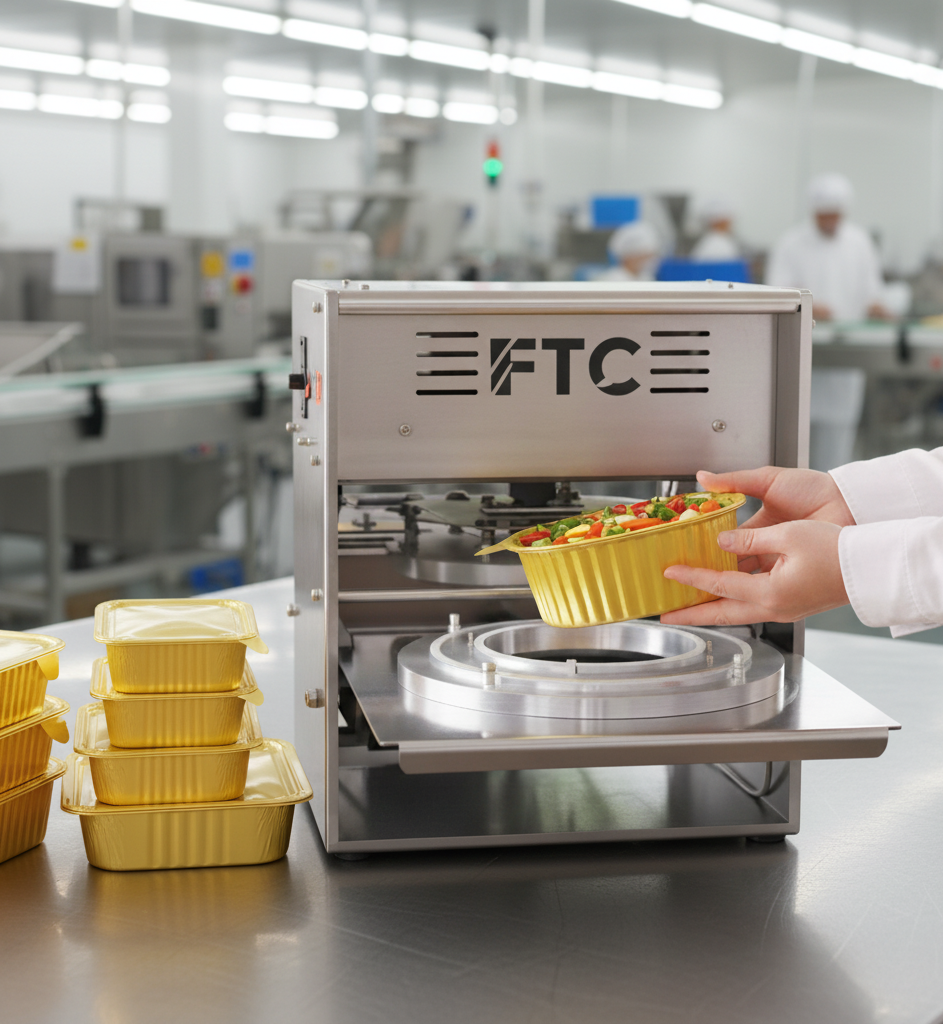
Loc Tu – Trusted Manufacturer of Durable Aluminum Foil Containers and High-Quality, Food-Safe Aluminum Foil Rolls for Your Kitchen
Your Trusted Partner in Food Packaging 📞
Loc Tu Manufacturing & Trading Co., Ltd. is more than just a supplier; we are your strategic partner in delivering high-caliber aluminum food packaging solutions. Specializing in a comprehensive range of aluminum trays, versatile foil rolls, and convenient disposable food containers.
We serve a diverse clientele – from individual households and local food vendors to large-scale restaurants, catering companies, and prestigious hotel chains. Our unwavering dedication to safety, sustainability, innovation, and customer satisfaction makes us the trusted choice for businesses and consumers seeking reliable, high-performance packaging.
📌 LOC TU MANUFACTURING & TRADING CO., LTD
📌 Our Vietnamese Website: Khaynhomthucpham.com
📌 HOTLINE/ZALO: 0969.787.309
📌 Facebook: Aluminum Foil Loc Tu
📌 Youtube: Aluminum Foil Loc Tu
📌 Tik Tok: Aluminum Foil Loc Tu
📌 Instagram: Aluminum Foil Loc Tu
📌 Shopee: Aluminum Foil Loc Tu
📌 Twitter/X: Aluminum Foil Loc Tu
📌 LinkedIn: Aluminum Foil Loc Tu
📌 Pinterest: Aluminum Foil Loc Tu
📌 Tumblr: Aluminum Foil Loc Tu
📌 Threads: Aluminum Foil Loc Tu
📌 Telegram: Aluminum Foil Loc Tu
📌 Whatsapp: 0969.787.309
📌 Branch 1 (Hanoi): No. 1 Pham Tu, Beasky Building, Dai Kim Ward, Hoang Mai District, Hanoi
📌 Branch 2 (Binh Duong): No. 68, DX 051 Street, Group 17, Quarter 4, Phu My Ward, Thu Dau Mot City, Binh Duong Province
📞 Contact us today for expert consultation and the best pricing on premium aluminum trays and foil packaging solutions! 🚀





